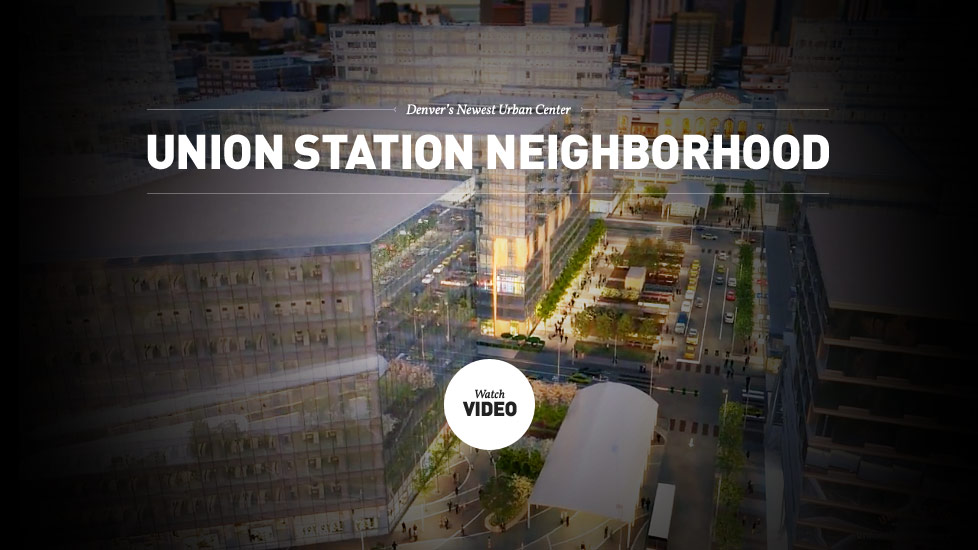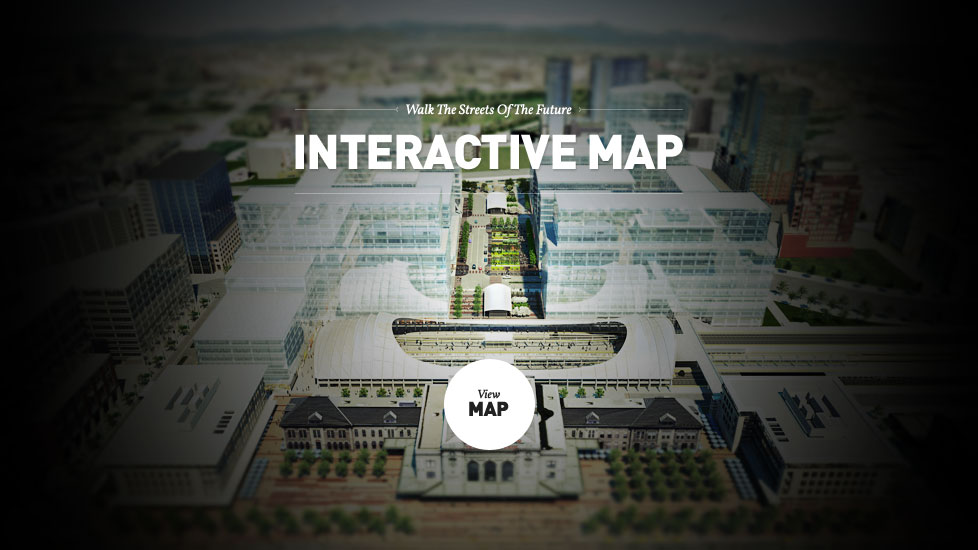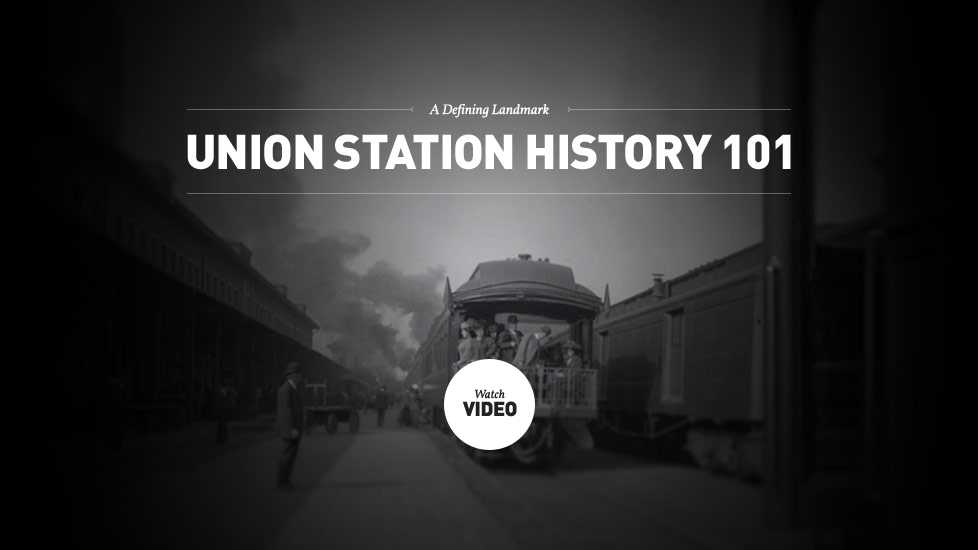A Defining Landmark, The History, For Denver's Past Present and Future
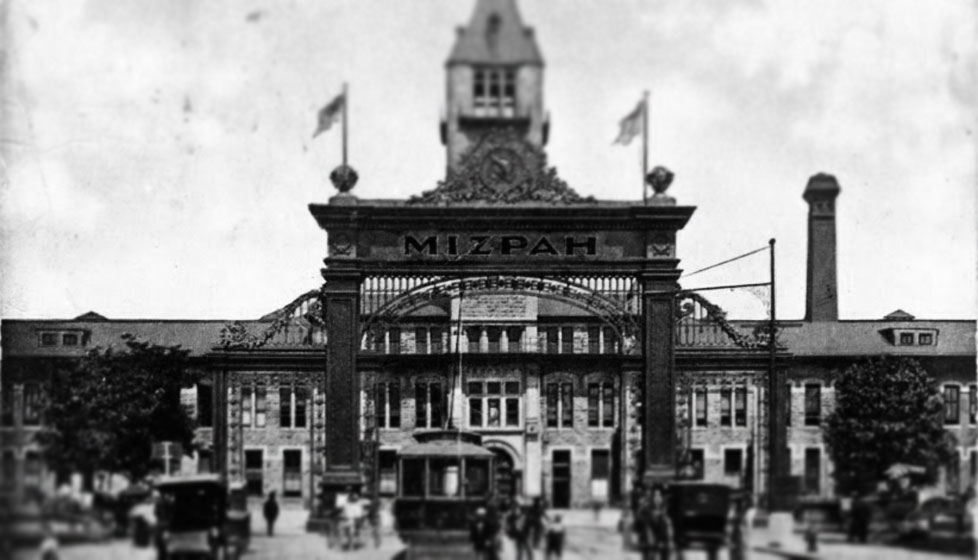
Union Station History 101
For nearly 150 years, Union Station has sat perched on its proprietary block of Wynkoop, greeting visitors, ferrying locals and serving as an icon amidst a constantly changing downtown skyline. It survived a devastating fire, multiple floods and witnessed as our dependency on rail travel took a back seat to cars and planes. But still, there it stands, homage to the bustling rail system that once was and a beacon for what’s about to come.
The Glory Days
During this era, Denver witnessed tremendous growth in train travel—from the completion of the very first depot to servicing nearly 80 trains a day. With this boom came tremendous opportunity for the city—without the train system, Denver may not even be on the map today.
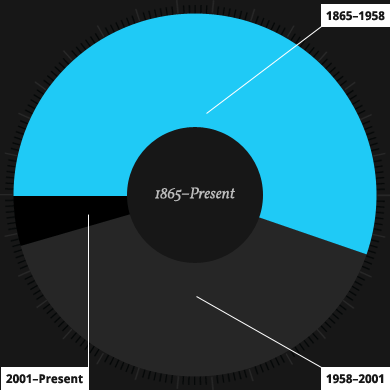
-
1865
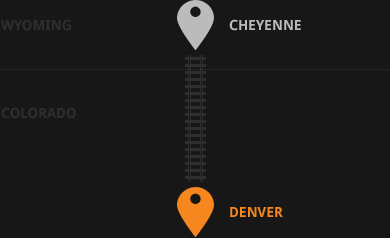
Railroad officials announced that the westward expanding rail lines would be constructed through Cheyenne rather than Denver. Fearing that Denver would quickly become obsolete, the Denver Board of Trade decided to build a line connecting Denver to the railroad in Cheyenne.
-
1870
The first train from Cheyenne arrived in Denver's Central Platte Valley on June 24, 1870. At that time there was only one depot.
-
1881
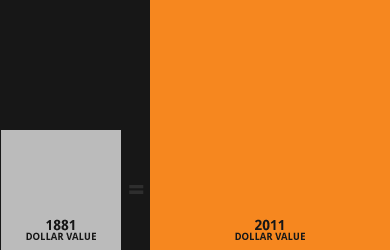
The Union Depot and Railroad Company built the city's first Union Station to accommodate multiple trains. It cost $525,000 and opened on June 1, 1881.
-
1894
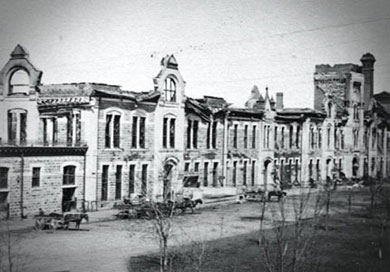
The original Union Station structure burned down on March 1894. The damage was considerable and the building’s wooden tower was destroyed. But Denver Union Station (DUS) was quickly rebuilt with a much lower roofline and a stone clock tower to replace the wooden one.
-
1906
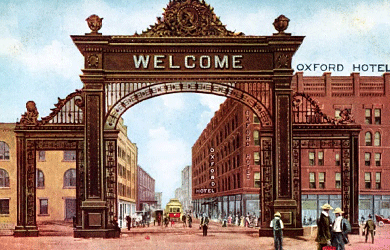
Denver’s famous Welcome Arch (Mizpah Arch) was built in front of Union Station. The arch was formally dedicated on July 4, 1906 and was dismantled on December 7, 1931, after being deemed a traffic hazard.
-
1914
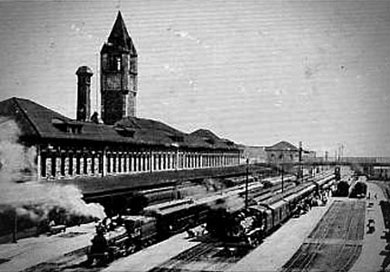
The Denver Union Terminal Railway Company tore down the stone clock tower and replaced it with the building’s lower expanded center section that you see to this day.
-
1920s—1930s
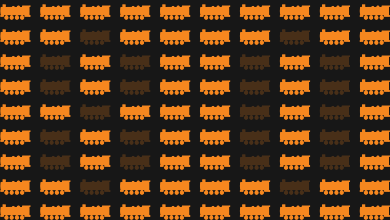
These were the glory days of Denver Union Station. During that time, the station operated nearly 80 trains a day. Many trains served soldiers fighting in both World War I & World War II as well as offering transport foreign dignitaries.
The Fall
By the early 1960s, air travel was not only becoming more popular, it was becoming more affordable. As a result, train traffic drastically fell. It wasn’t until the turn of the century that city and transit officials started brainstorming ways to restore Union Station to its former glory.
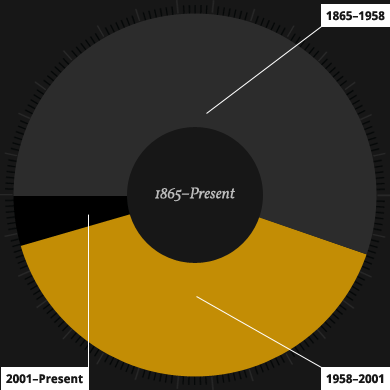
-
1958
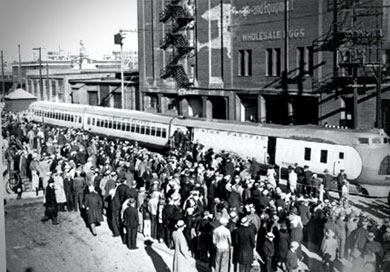
Up until 1958, Denver Union Station had more travelers than the Stapleton Airport. At that point, train travel drastically declined as air travel grew and became more popular, reflecting a nationwide trend.
-
1970s
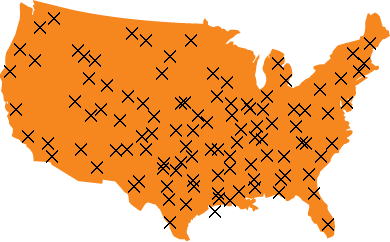
By the 1970s, more than half of the country’s 40,000 train stations had been destroyed.
-
1980s
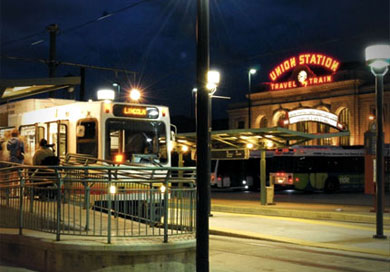
In the late 1980s, the Regional Transportation District (RTD) and the City and County of Denver (CCD) joined with the Denver Union Terminal Railway Corporation (DUT), the private owner of Union Station, to make improvements to the terminal including upgrading rail platforms and canopies and accommodating an RTD bus lane.
-
1990s
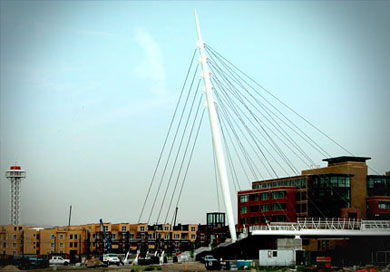
Simultaneous improvements began to the areas surrounding Union Station including the removal of the viaducts over the Platte River and 1-25, the development of River Front Park, Commons Park and the construction of the Millennium Bridge connecting 16th Street Mall with Commons Park. The latter provided pedestrians a walkway over the railroad tracks and the light rail system that previously divided downtown in two.
The Rebirth
For the last ten years the Union Station Neighborhood Co. and its affiliates have been planning, prepping and preparing for the complete revitalization of Union Station. The Master Plan will do more than restore the old station to its former glory. It will transform the old terminal into an example for transit systems worldwide while celebrating its rich heritage as the gateway and former lifeline of downtown Denver.

-
2001
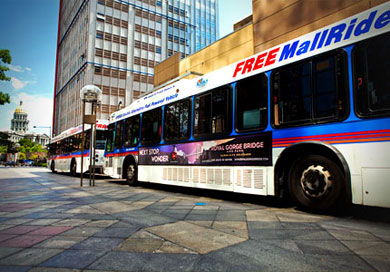
In August, RTD purchased the site and the station and extended its successful Light Rail transit and 16th Street Mall Shuttle to Union Station.
-
2002
A Denver Union Station Project Team was developed to create a Master Plan and prepare an Environmental Impact Statement (EIS) for Union Station. Civic leaders began to explore how Union Station might help solve Denver’s problem with traffic, parking and pollution through the creation of one, central, multimodal depot.
-
2004—2005
The Denver Union Station Master Plan was approved by each of the Partner Agencies. Additionally. Denver voters approved FasTracks: one hundred and twenty-two miles of new commuter rail and light rail lines and 18 miles of bus rapid transit, radiating out from one central, downtown hub—that hub is Denver's own Union Station.
-
2006
On November 15, the Partner Agencies announced the selection of the Union Station Neighborhood Company (USNC) as the Master Developer to head the redevelopment and preservation of Denver’s historic Union Station.
-
2008
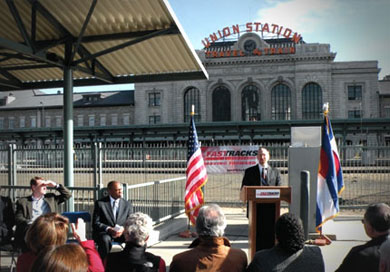
On October 17, the Federal Transit Administration (FTA) signed the Denver Union Station Record of Decision which gave the green light to proceed with the redevelopment.
-
2010
On February 5, 2010 Federal Transit Administrator Peter Rogoff announces $304 million in loans to renovate Denver Union Station as well as $120 million in grants for the three FasTracks rail corridors.
-
And the best is yet to come ...
